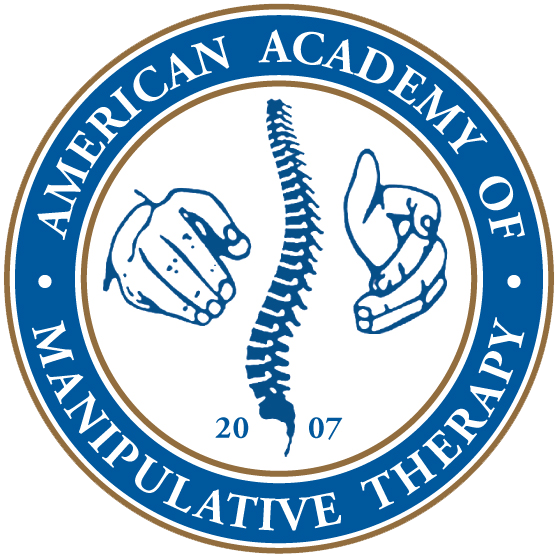DN-3: Ultrasound-Guided Dry Needling: Diagnosis & Management Implications for Spine & Extremity Musculoskeletal Conditions
Prior dry needling clinical experience or Certification in Dry Needling® is the only prerequisite for this three-day 27-hour hands-on course in ultrasound-guided dry needling for spine and extremity musculoskeletal conditions. Ultrasound Imaging is quickly becoming the standard of care for visualizing neuromusculoskeletal anatomy. This technology uses sonic sound waves to digitally create an image of structures within the body and offers a number of important advantages compared to X-Ray, CT and MRI, in terms of safety and effectiveness. Because Ultrasound Imaging does not use high-powered magnets to create an image, it is considered to be a very low-risk means of imaging “real-time” human tissue quality including joints, muscles, ligaments and even nerves. The physiological information obtained from Ultrasound Imaging makes it easier to recognize pathological changes, providing the clinician with enhanced diagnostic abilities for their examination based on symptoms, palpation findings and special tests. Ultrasound Imaging can easily be implemented into any clinical practice by using a cost effective (less than $2,000) handheld portable ultrasound device.
Participants will learn ultrasound scanning and diagnostic protocols for numerous neuromusculoskeletal conditions including tendon and muscle tears, shoulder impingement, bursitis, and neuromas. Participants will also be taught how to use Ultrasound Imaging to provide “guided” dry needling for enhanced target accuracy during interventional procedures for common pathologies including supraspinatus tears, lateral epicondylitis, and gluteal tendinopathies. Participants must complete all aspects of the DN-3 oral-practical checkoff to earn credit for this course.
COURSE OBJECTIVES:
- Introduction to Ultrasound Imaging including transducer orientation, identification, and labeling of normal and pathological anatomical structures.
- Describe the indications, precautions, and contraindications (relative and absolute) for the use of Ultrasound Imaging.
- Discuss the current evidence surrounding the use of Ultrasound Imaging for a range of spinal and extremity neuromusculoskeletal disorders.
- Demonstrate and practice systematic ultrasound scanning protocols for shoulder, elbow, hand/wrist, hip, knee, foot/ankle, and lumbar spine.
- Demonstrate and practice the identifying and differentiating of neuromusculoskeletal pathologies for shoulder, elbow, hand/wrist, hip, knee, foot/ankle, and lumbar spine.
- Demonstrate and practice ultrasound-guided dry needling.
- Understand the clinical reasoning for the use of Ultrasound Imaging techniques in a variety of spinal and extremity neuromusculoskeletal conditions.



